You can’t know mineral status  All you can do is know the diet is providing at least the min requirements, and you can supplement to see what level of fading reduction you get, which may be a decent bit more than the basic RDA of copper and zinc.
All you can do is know the diet is providing at least the min requirements, and you can supplement to see what level of fading reduction you get, which may be a decent bit more than the basic RDA of copper and zinc.
But when there’s nd1 in the picture, the horse will fade, period. nd1/nd1 fades even more. And nd1 is present in a ton of breeds, even the ones that don’t have D (dun), like the TB.
The OP horse is (clearly) bay (so no need to test for bay vs chestnut)
Wild bay and brown are 2 phenotypes of what is only testable as bay. Bay can be from a very light bay, to “looks black until you put him next to a real black” shade.
And, there are also simply shades of black, even among black horses, so manes and tails of bays can vary in shade as well

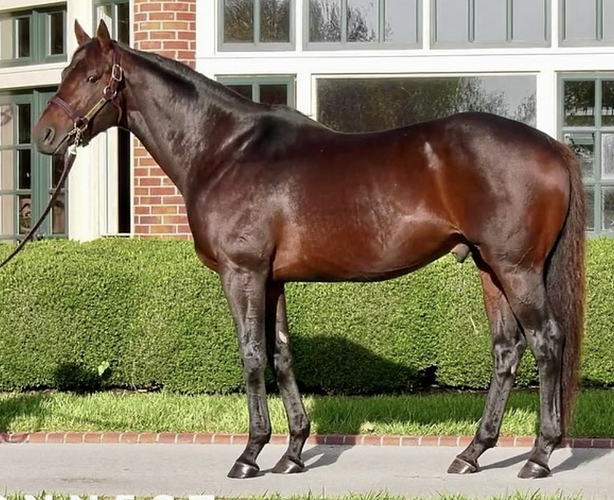
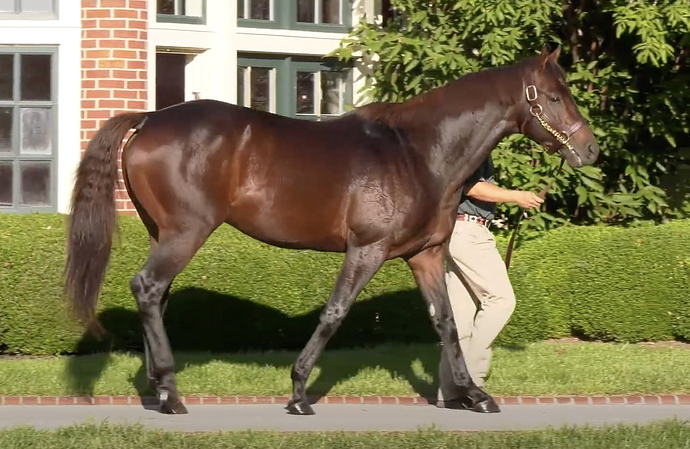
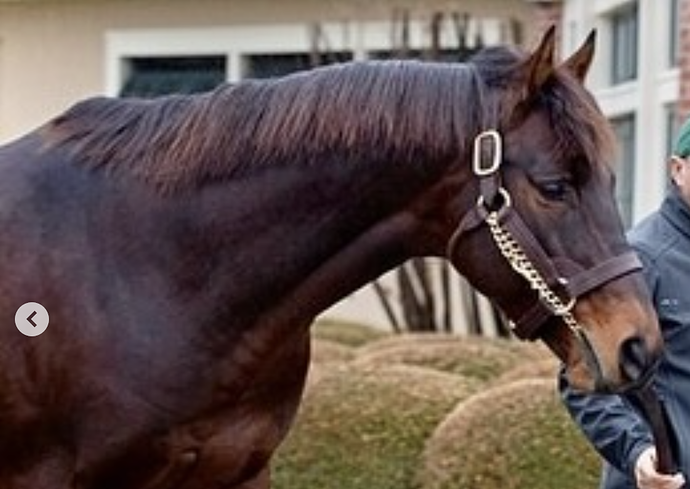
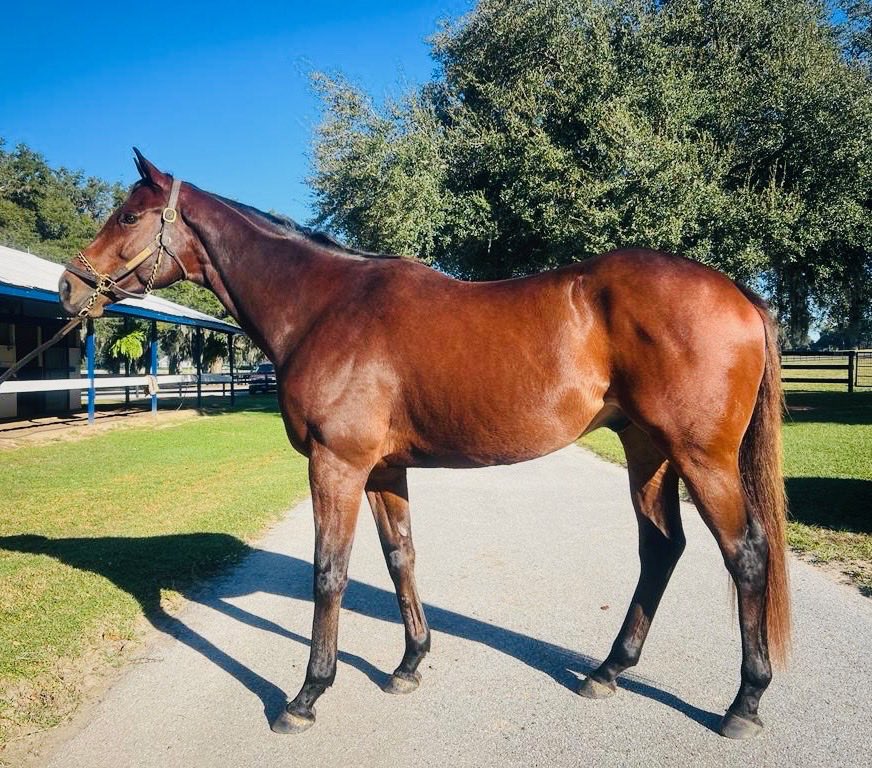
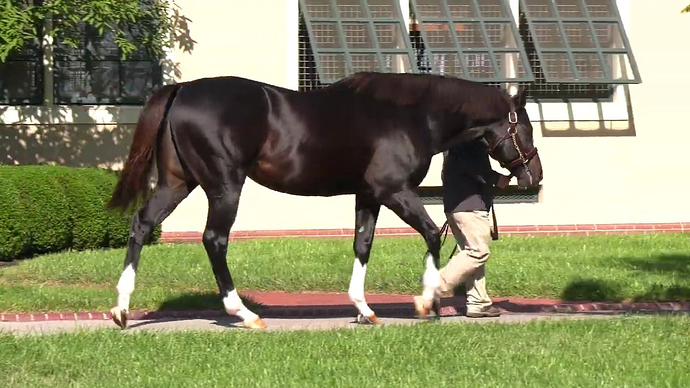
 All you can do is know the diet is providing at least the min requirements, and you can supplement to see what level of fading reduction you get, which may be a decent bit more than the basic RDA of copper and zinc.
All you can do is know the diet is providing at least the min requirements, and you can supplement to see what level of fading reduction you get, which may be a decent bit more than the basic RDA of copper and zinc.